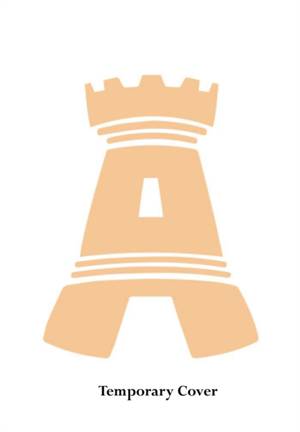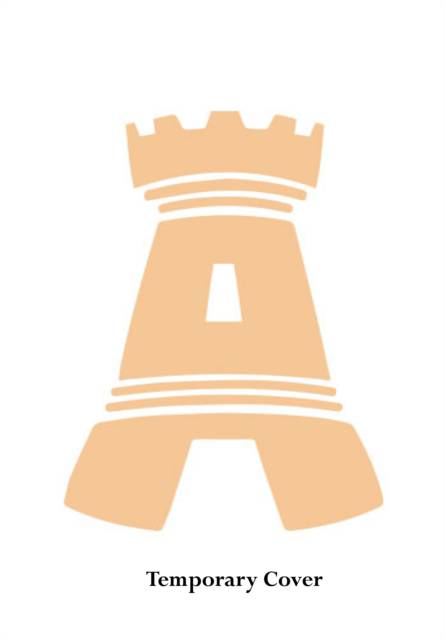
- Afhalen na 1 uur in een winkel met voorraad
- Gratis thuislevering in België vanaf € 30
- Ruim aanbod met 7 miljoen producten
- Afhalen na 1 uur in een winkel met voorraad
- Gratis thuislevering in België vanaf € 30
- Ruim aanbod met 7 miljoen producten
Zoeken
Omschrijving
Amid peaceful countryside, past historic towns and through the heart of London, the River Thames flows in an easterly direction for some 346 kilometres from its source in Gloucestershire until entering the North Sea. Over many centuries civilisations have traversed the ancient river by way of fords and early ferries, stone-built bridges, by locks, tunnels and railway lines and, most recently, by motorway crossings. Building methods and designs have changed dramatically over time yet, even now, bridges dating from medieval times still span the river, virtually unaltered since when they were built. Within London, bridges and tunnels, old and new, convey the capital's rail systems, road traffic and pedestrians across the Thames. The Thames and its crossings are ever changing and Geoff Lunn, as he travels downriver from source to sea, navigates the reader through their history and right up to the present day.
Specificaties
Betrokkenen
- Auteur(s):
- Uitgeverij:
Inhoud
- Aantal bladzijden:
- 96
- Taal:
- Engels
- Reeks:
Eigenschappen
- Productcode (EAN):
- 9781398105768
- Verschijningsdatum:
- 15/11/2022
- Uitvoering:
- Paperback
- Formaat:
- Trade paperback (VS)
- Afmetingen:
- 165 mm x 234 mm
- Gewicht:
- 275 g

Alleen bij Standaard Boekhandel
+ 44 punten op je klantenkaart van Standaard Boekhandel
Beoordelingen
We publiceren alleen reviews die voldoen aan de voorwaarden voor reviews. Bekijk onze voorwaarden voor reviews.








